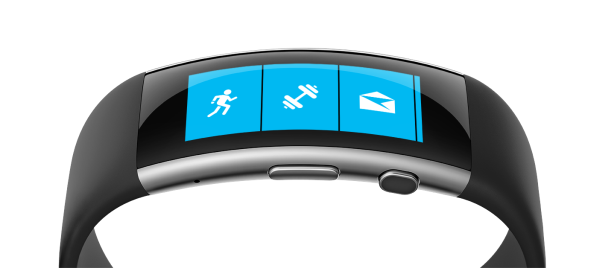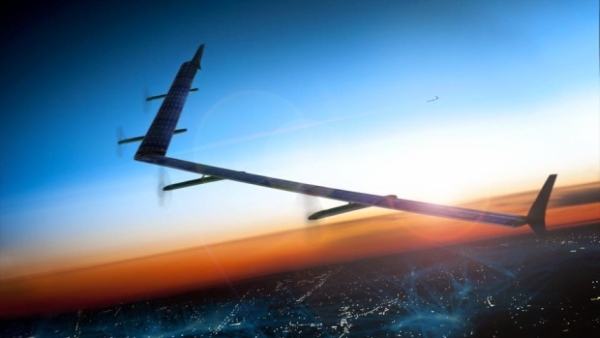
Microsoft recognises that to grow and compete in the very competitive consumer technology market it needs to be both a device and software leader. For decades, Microsoft took control of and monopolised the software market, leaving others to fight over who would build the devices which would run Microsoft products. But the market changed in the ’90s largely because Apple started making devices which were both fun to use and desirable to own. iPods, iPhones and iPads are high-tech toys which helped build one of the world’s largest and most profitable businesses. It did not take the market long to recognise the need to have products which could compete with the Apple offerings.
Today the market for technology accessories is huge and wearable devices are seen as the next big consumer product for major technology companies. Inevitably Apple is very dominant in this market and the Apple Watch is the benchmark against which competitive products are measured.
A niche market has developed in the wearable market for fitness monitors. The main players are the Fitbit Charge HR, the Fitbit Surge and the Jawbone Up4. The Apple Watch fulfils many of the functions of the fitness band but its pricing puts it in a different league. Microsoft has been a minor contender in this market with the original Band, but the new Band 2 which is being released in the UK this month may just be the device to elevate Microsoft to the position of a serious contender for the title of the fitness band to buy if you are serious about your training or sport. Launch price is expected to be around £200.
Compared to the original Band, the Microsoft Band 2 has a cleaner and more integrated design replacing the flat screen of its predecessor with a Corning Gorilla Glass 3 covered OLED touchscreen that curves around the wrist. In comparison, the Apple Watch sports a 312×390 pixel resolution AMOLED display with curved edges.
The main players in the fitness device market come with fitness tracking features such as heartrate monitors and step counters. The Microsoft Band takes it a step further with UV exposure tracking, oxygen consumption and built-in GPS. Microsoft Band, UP4 and Charge HR also have built-in sleep tracking features. While the Apple Watch doesn’t have a native app to do this, the function can be added through third-party apps on the App Store.
The Microsoft Band works with iPhone, Android, or Windows phones and is designed to be more than a fitness tracker. While it does track your calories, sleep, and steps, the band is also designed to send you email and call notifications, calendar alerts, and social media updates. Add to that its robust fitness capabilities — including GPS mapping, continuous heart-rate monitoring, workout coaching, and sensors that measure the sun’s intensity — and you may start to wonder what the Band can’t do.
As it developed a more modern device, Microsoft adopted the goal of helping users “take control of health and fitness in a more personalized way,” said Lindsey Matese, member of the Microsoft Band and Health teams.
Microsoft asked themselves, “what would cyclists, joggers, and gym rats want?”
Round two of Microsoft Band is designed to be more flexible for people who wear it during their workouts as well as working hours. The desire for a more comfortable device is one of several pieces of feedback the team learned during the testing process when it surveyed customers on its functionality.
Microsoft Band 2 feels less like an awkward accessory and more like a comfortable bracelet. This is due to the softer material and a curved, full-colour OLED display. We think they have certainly delivered a product which is going to make the opposition play catch-up. It ticks all the boxes and the activity tracking is great. Features such as the Heartrate measurement and the Golf GPS are very good and could be the deal-breaker for many potential users.
The Apple Watch is probably a better watch, although it lacks GPS and sleep tracking. But it is far more expensive, so cannot really be compared with the fitness devices in the market. We think Microsoft has a winner and it will be interesting to see how the market responds to the Band 2.
What are your thoughts? Has Microsoft delivered on its promise to deliver the best fitness tracker in an attractive package? Will buyers start thinking Band 2 when they look for a sporting wearable?









Recent Comments